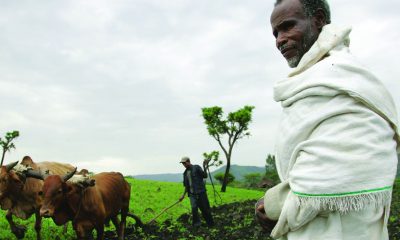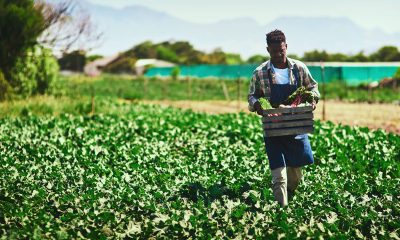Health
Standards for Organic Seafood Coming This Year, USDA Says

EU certified organic farm-raised easy peel shrimp are for sale on a tray at the Wegmans, Friday, April 10, 2015 in Fairfax, Va. Organic fish is certified in the EU and Canada because the US doesn’t have any standard. After more than a decade of delays, the government is moving toward allowing the sale of U.S.-raised organic fish and shellfish. But don’t expect it in the grocery store anytime soon. (AP Photo/Alex Brandon)
MARY CLARE JALONICK, Associated Press
WASHINGTON (AP) — After more than a decade of delays, the government is moving toward allowing the sale of U.S.-raised organic fish and shellfish. But don’t expect it in the grocery store anytime soon.
The Agriculture Department says it will propose standards for the farmed organic fish this year. That means the seafood could be available in as few as two years — but only if USDA moves quickly to complete the rules and seafood companies decide to embrace them.
Organic seafood would be welcome news for the increasing number of organic shoppers — and for retailers that have profited from their higher prices. It also could help the U.S. farmed fish industry find a premium as it struggles to compete against cheaper imports.
Among the seafood that is commonly farm-raised in the United States and would be covered: salmon, tilapia, catfish, shrimp and mollusks such as mussels, oysters and clams.
The United States is “trying to play catch-up on organic aquaculture,” says Miles McEvoy, who heads up USDA’s organic program. The European Union and Canada, along with other countries, have been exporting their own organic products to the United States.
Retailer Wegmans already is selling organic seafood imported from Norway and elsewhere. Organic shoppers “skew to higher income and education which makes them extremely desirable,” says Dave Wagner, the company’s vice president of seafood merchandising.
Other retailers, such as Whole Foods, say they will wait for the U.S. rules before they sell seafood labeled organic.
It’s still unclear if U.S. standards can be successful. Many in the farmed fish industry say they expect that the requirements for fish feed may be so strict as to be financially prohibitive.
“The challenge is, will consumers will be willing to pay for it?” says Sebastian Belle, head of the Maine Aquaculture Association, who has advised the USDA on the organic rules. “The markets will decide that.”
In turn, some consumer and environmental groups have said they are concerned the standards won’t be strict enough.
The discussions have been marked by tensions over what organic fish should eat and whether some of them can be raised in ocean cages called net pens. USDA’s McEvoy says the new rules will be based on a series of recommendations from the government’s National Organic Standards Board over the last decade.
Some environmental groups criticize the recommendations for suggesting that at first a quarter of the fish feed could be from sustainably wild-caught — but not organic — fish. A fish can’t be organic, they argue, if it doesn’t eat 100 percent organic feed.
Wild fish would not be eligible for the organic label — that would be too difficult to monitor.
The environmental groups also are concerned that fish in ocean pens would be able to escape and contaminate their surroundings. They also worry about ocean contaminants.
“What we’re saying is this isn’t organic,” says Lisa Bunin of the Center for Food Safety.
The recommendations suggest several safeguards: Ocean-farmed fish should be strains of local species, and no net pens could be placed on migratory routes. Producers would have to closely monitor water quality and the impact on the area ecosystem.
For producers, the main concern would be the availability of organic feed.
Breeding organic fish to feed the organic fish could be prohibitively expensive, and organic grains such as soybeans and canola that can make up fish feed also are also costly. Some fish feed includes poultry or other land animal byproducts, but that would likely be prohibited, as would most synthetic ingredients.
Neil Sims, a longtime fish farmer based in Hawaii, says that if the rules have such strict limitations on feed, it could be unworkable for many companies.
“You can’t magically wave a wand and expect an organic supply chain to appear,” he says.
Such concerns are familiar in the organic industry, which is facing widespread ingredient shortages.
“It continues to raise the challenge that organic producers and suppliers are now confronting — whether there is going to be an adequate supply of feed,” Agriculture Secretary Tom Vilsack said of organic aquaculture after addressing an organic industry conference this week.
Even if some companies do take steps to grow organic fish, the process could potentially stretch beyond two years. The National Organic Standards Board, which advises USDA’s National Organic Program, is still reviewing some vaccines, vitamins and other substances considered essential to aquaculture.
Linda ODierno of the National Aquaculture Association says that despite some of the challenges, the industry is hoping that organics could help consumers feel more confident in U.S. product that is often already more expensive than seafood produced cheaply abroad.
“It could be good for industry and good for consumers,” she said.
___
Find Mary Clare Jalonick on Twitter: http://twitter.com/mcjalonick
Copyright 2015 The Associated Press. All rights reserved. This material may not be published, broadcast, rewritten or redistributed.
Community
Calif. Dept. of Public Health: Got Milk Allergies? Don’t Eat Dave’s Bakery Cornbread
The California Department of Public Health (CDPH) issued a warning on Jan. 26, instructing consumers with milk allergies or “severe sensitivity to milk” in the state to not eat Dave’s Bakery Corn Bread due to “risk of illness.” The CDPH warns that consumption of the corn bread manufactured by a Gardena-based company — with expiration dates up to June 18, 2024 — may lead to “life threatening” reactions.
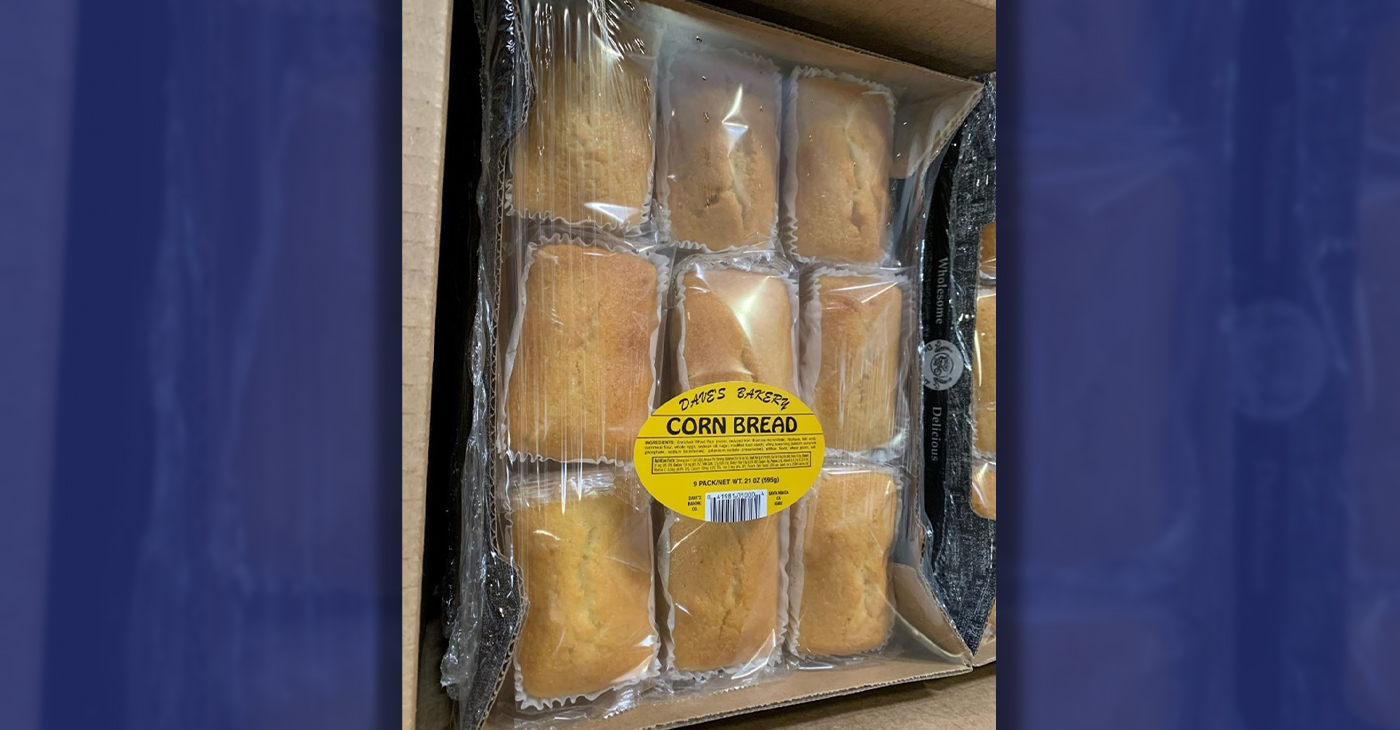
By California Black Media
The California Department of Public Health (CDPH) issued a warning on Jan. 26, instructing consumers with milk allergies or “severe sensitivity to milk” in the state to not eat Dave’s Bakery Corn Bread due to “risk of illness.”
The CDPH warns that consumption of the corn bread manufactured by a Gardena-based company — with expiration dates up to June 18, 2024 — may lead to “life threatening” reactions.
“This warning applies only to the Corn Bread produced by Bake R Us, DBA Dave’s Baking Company and distributed to schools, retail facilities and in vending machines primarily in southern California,” the DCPH statement reads.
“This product should not be confused with other similarly named companies with national distribution,” it continues.
According to the CDPH, although the corn bread product contains whey, which is a milk allergen, there is no allergy warning label on the packaging, though it is required by state law.
So far, authorities say, no illnesses have been reported in the state, but if anyone finds the products on sale anywhere in the state, they should call the CDPH complaint hotline at (800) 495-3232 or file a report online at CDPH.ca.gov
The CDPH is also recommending that people who have eaten the product and are experiencing any reaction or ill effects should consult their health care provider.
Bay Area
East Bay Regional Park District Issues Rattlesnake Advisory
The East Bay Regional Park District released an advisory today on rattlesnakes, which emerge from winter hibernation in early spring and become more active. Warm weather can bring more potential for rattlesnake encounters with humans and dogs, particularly along trails and roads.
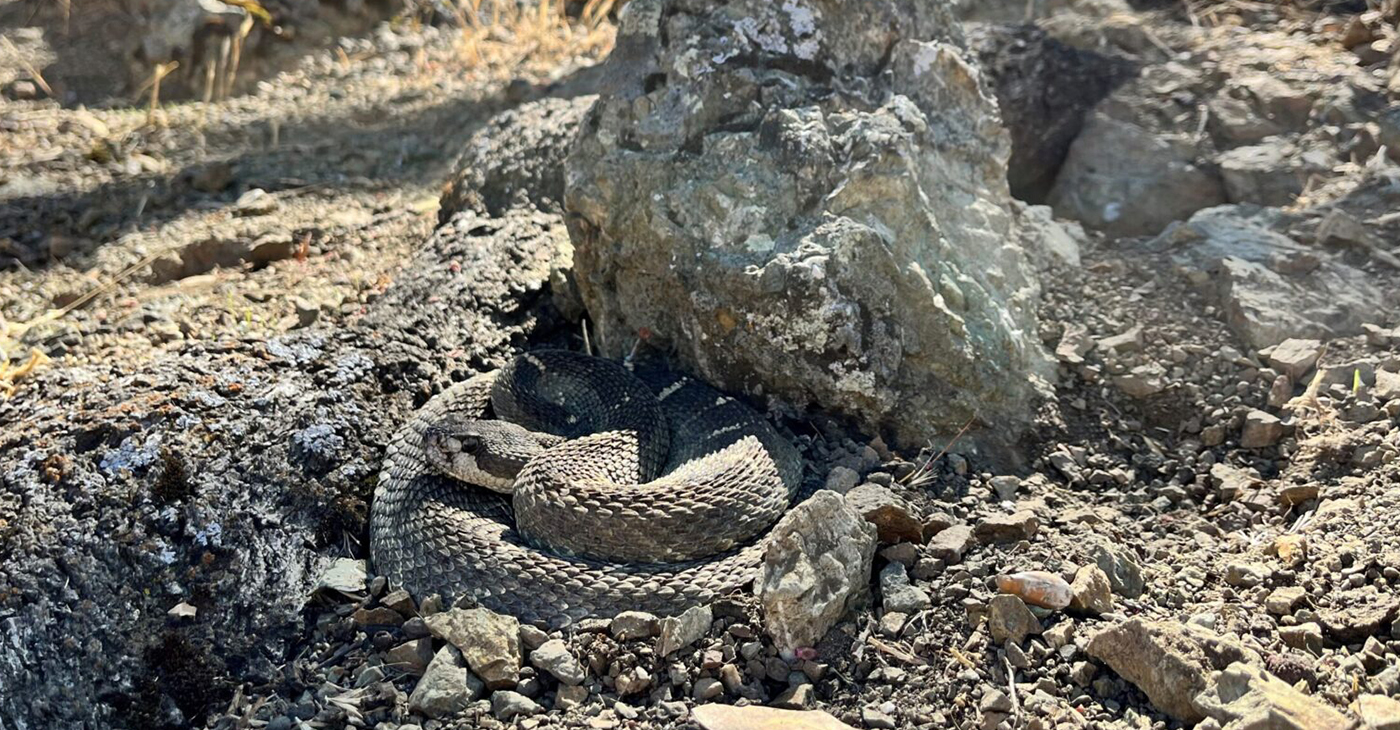
The Richmond Standard
The East Bay Regional Park District released an advisory today on rattlesnakes, which emerge from winter hibernation in early spring and become more active.
Warm weather can bring more potential for rattlesnake encounters with humans and dogs, particularly along trails and roads.
Visitors are encouraged to avoid hiking alone in case of an emergency, to scan the ground ahead as they walk, jog or ride, stay on trails avoiding tall grass, and to look carefully around and under logs and rocks before sitting down. Keep your dog on your leash to be extra safe, park officials said.
If you encounter a rattlesnake, leave it alone – it is unlawful to capture or harm one. Move carefully and slowly away or around it and give it plenty of space, park officials said.
Those who are bitten by a rattlesnake are instructed to stay calm by lying down with the affected limb lower than the heart, then having someone call 911.
Getting medical attention is critical.
Those bitten should not use tourniquets, “sucking,” or snake bite kits. If you are by yourself, walk calmly to the nearest source of help to dial 911, do not run.
If bitten by any other type of snake, wash the wound with soap and water or an antiseptic and seek medical attention.
Not sure what bit you? Check the bite for two puncture marks (in rare cases one) associated with intense, burning pain, which is typical of a rattlesnake bite. Other snakebites can leave marks without associated burning pain.
The Northern Pacific rattlesnake is the species found in East Bay Regional Parks. Snakes are important to the natural environment, helping to control rodents and other reptile populations. But enjoy them from afar.
For more information, download the Park District’s Common Snakes brochure or watch our Gopher Snake or Rattlesnake video to learn how to tell the difference between rattlesnakes and gopher snakes. Additional information is available at ebparks.org/safety/wildlife-encounters.
Alameda County
A Safe Place, Bay Area Domestic Violence Community Organization, Opens New Service Center in Oakland
Oakland-Bay Area non-profit, A Safe Place, announces the grand opening of its newly purchased building in Oakland that will be a service center for families that have suffered from domestic violence. The new, two-story building has over six new service rooms for counseling, mental health support groups, legal services, children’s treatment, safe space for community engagement, and partnership activities.
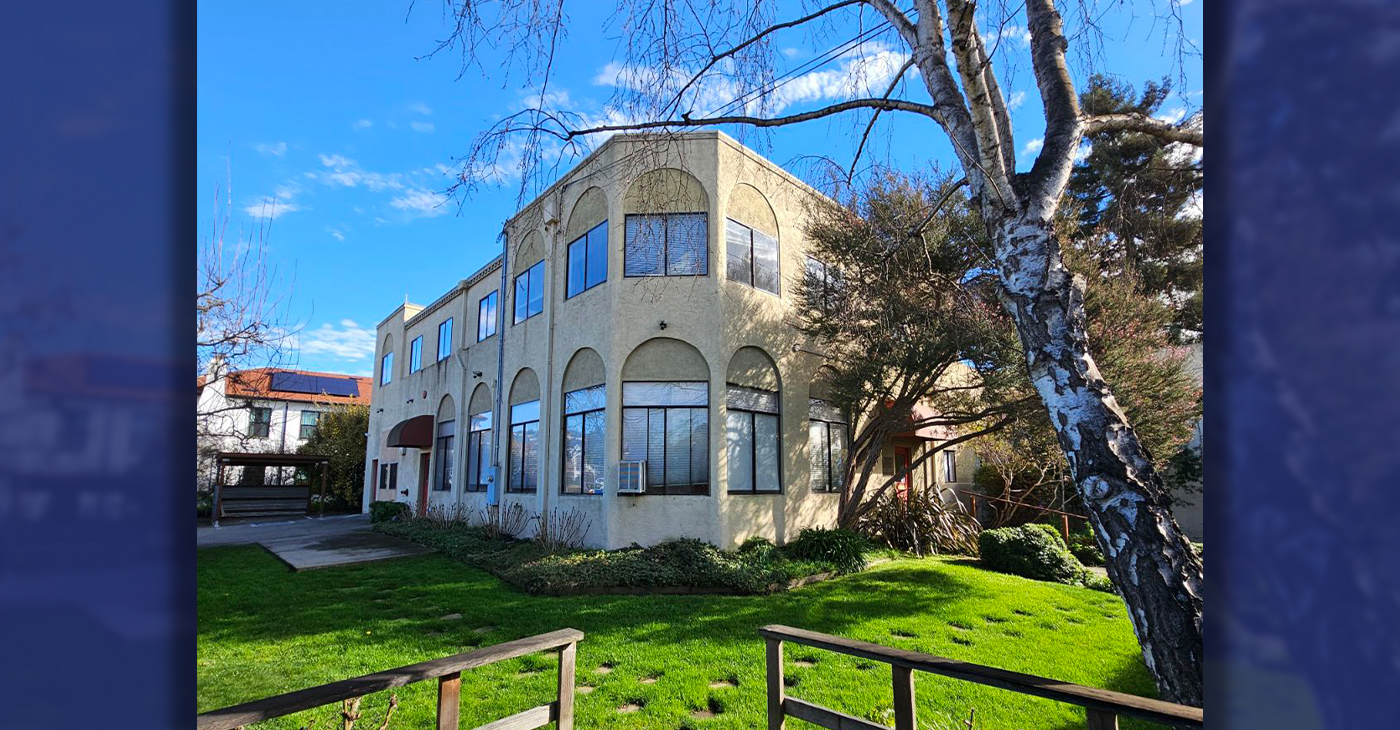
By Courtney Slocum Riley
Special to The Post
Oakland-Bay Area non-profit, A Safe Place, announces the grand opening of its newly purchased building in Oakland that will be a service center for families that have suffered from domestic violence.
The new, two-story building has over six new service rooms for counseling, mental health support groups, legal services, children’s treatment, safe space for community engagement, and partnership activities.
Domestic violence occurrences and offenses account for a considerable amount of all violent crimes in Alameda County. A Safe Place is attempting to provide a safe place for families to heal. A Safe Place is the only comprehensive domestic violence assistance program including a safehouse, in Oakland.
The grand opening celebration will also serve as a fundraiser to build out healing, therapeutic spaces for children and adult victims and survivors and survivors of domestic violence (male and female).
The new service center will expand the work of the organization, founded in 1976 when a group of women working in San Francisco came together to address the urgent need for a shelter in the East Bay. A year later, they founded A Safe Place (ASP) in Oakland. Run solely by volunteers, they set up a crisis line to offer crisis counseling and information to battered women and their children.
The organization serves over 500 adults and children annually through a host of services including crisis counseling via 24-hour crisis line, emergency motel and safehouse sheltering, mental health services (counseling and support groups).
Under the leadership of Executive Director, Carolyn Russell, the organization has grown from a single program into the comprehensive domestic violence and assistance program. ASP strives to meet the growing and diverse needs of our growing community.
The organization hopes to complete all the upgrades and therapeutic room improvements by August 2024. The public is invited to donate to the effort by using the website at www.asafeplace.org/donate. The organization also accepts in-kind gifts as well as items from the organization’s Amazon Wishlist.
-

 Community3 weeks ago
Community3 weeks agoFinancial Assistance Bill for Descendants of Enslaved Persons to Help Them Purchase, Own, or Maintain a Home
-

 Business3 weeks ago
Business3 weeks agoV.P. Kamala Harris: Americans With Criminal Records Will Soon Be Eligible for SBA Loans
-

 Activism4 weeks ago
Activism4 weeks agoOakland Post: Week of April 10 – 16, 2024
-

 Community3 weeks ago
Community3 weeks agoAG Bonta Says Oakland School Leaders Should Comply with State Laws to Avoid ‘Disparate Harm’ When Closing or Merging Schools
-

 Activism2 weeks ago
Activism2 weeks agoOakland Post: Week of April 24 – 30, 2024
-

 Community2 weeks ago
Community2 weeks agoRichmond Nonprofit Helps Ex-Felons Get Back on Their Feet
-

 Community2 weeks ago
Community2 weeks agoOakland WNBA Player to be Inducted Into Hall of Fame
-

 Community2 weeks ago
Community2 weeks agoRPAL to Rename Technology Center for Retired Police Captain Arthur Lee Johnson


